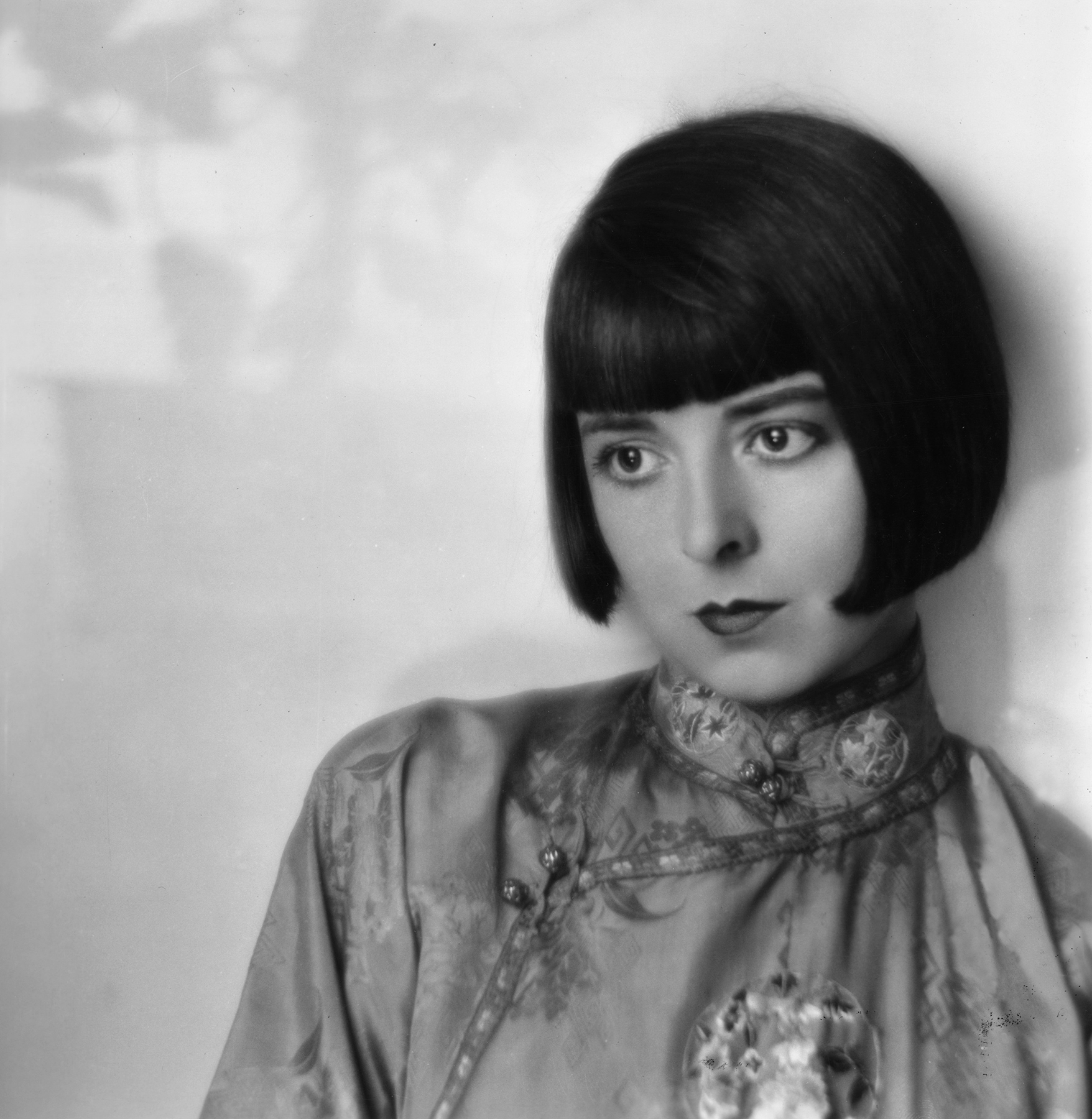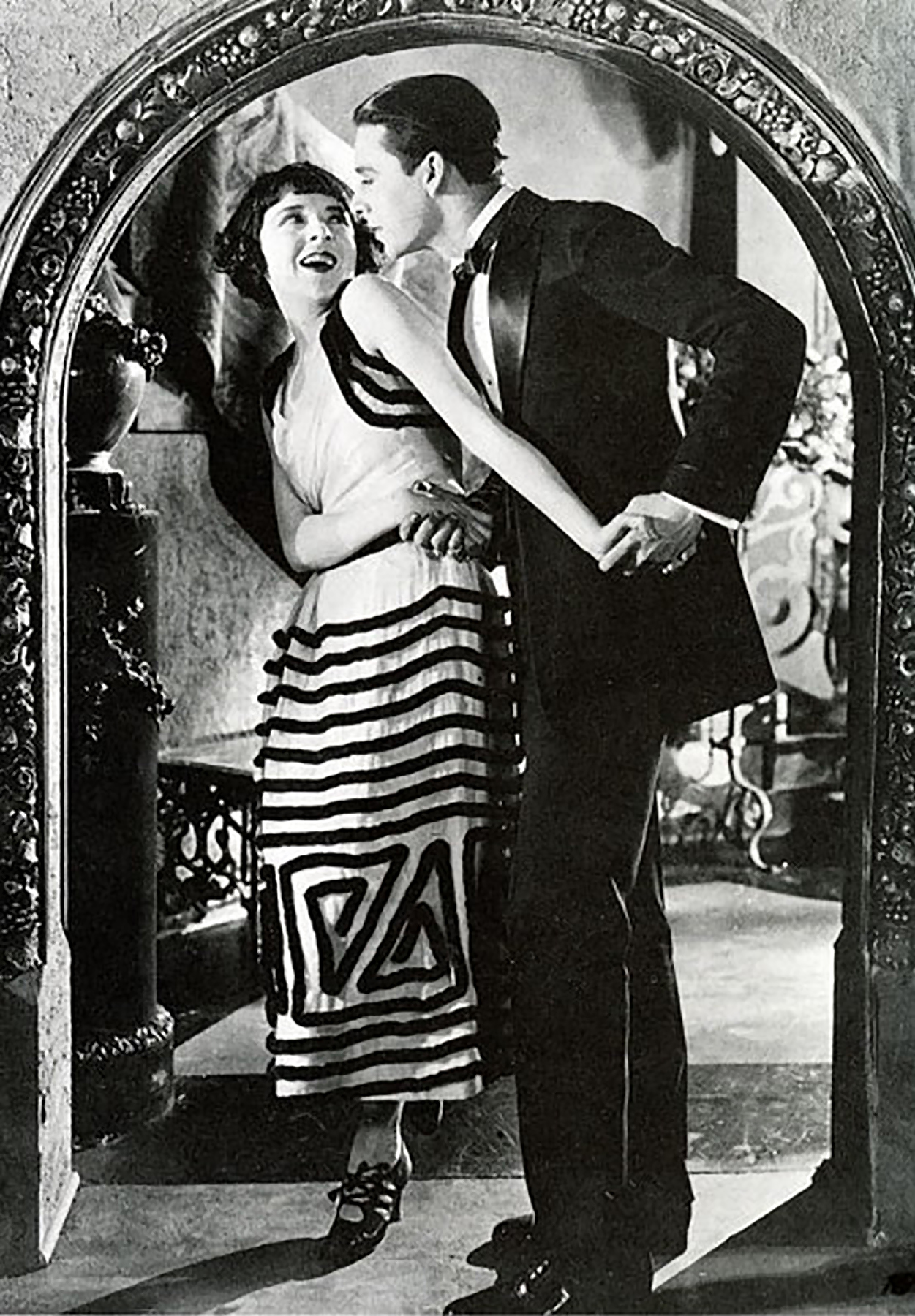
- Industry
Forgotten Hollywood: Colleen Moore
One of the biggest stars in silent films that most fans have never heard of was Colleen Moore who, in her heyday, was earning $12,500 a week in the 1920s and ‘30s, (close to $200,000 in today’s money). Unfortunately, most of her films are lost. The reason for this cinematic tragedy can be laid at the door of the Museum of Modern Art to which Moore had sent many of her films for preservation. However, a custodian at MOMA put them aside, and by the time they were discovered years later, they had deteriorated irrevocably. There is only one surviving reel of what’s considered her best film, Flaming Youth, where her screen persona of the ‘flapper girl’ was cemented.

The Hollywood Foreign Press Association, in association with The Film Foundation, funded the restoration of Broken Hearts of Broadway. It was preserved in 35 mm fine-grain positive from an original nitrate release print in the AFI/George Post Collection, and prints exist in the Library of Congress archive as well as in the film holdings of Film Preservation Associates (Blackhawk Films Collection). While the film is not one of her major efforts, it is one of the very few where one can still see her liveliness, her expressive face, her impeccable timing, and the bob haircut that she pioneered, even though it was appropriated and made famous by Louise Brooks and Clara Bow in later years.
The main story is told in flashback by a cabbie trying to comfort his friend, an unsuccessful playwright standing in front of the theater marquee of the hit show “Broken Hearts of Broadway.” The cabbie, played by Tully Marshall, tells his friend how he picked up Mary Ellis (Moore) on a rainy night at Grand Central Station and took her to a hostel for struggling artists. There Mary is set up with a roommate, Bubbles (Alice Lake), who gets her a theater job in the chorus after many failed auditions. Mary also meets George Colton (Johnnie Walker), a musician who’s also scraping by with whom she falls in love. At the theater, when Mary refuses to play the game of keeping the show’s producers ‘happy,’ she loses her job. The melodramatic part of the story arose over when one of the producers is assaulted and Mary gets the blame. But since it is a rags-to-riches story – no spoiler, since the marquee in the opening scenes has her name on it – all ends happily.
The film is directed in a pedestrian way by Irving Cummings with very little camera movement and not many close-ups, except for one charming one of Moore seen through the roof of the cab from the cabbie’s perspective. The few onstage dance sequences are only shot from the wings, a curious choice. There are no actor credits at the start of the 86-minute film. The actors are introduced via title cards as they appear in the story. Watch out for the casual racism in some of them. Nevertheless, the story of Broadway wannabes in the ‘20s remains fascinating – the fruitless audition rounds, the predatory producers, and the backstage scenes all hold one’s attention.
There is a fascinating interview on YouTube with the utterly adorable Moore, still with her signature bob and a wonderful sense of humor, taped when she was in her 80s. She says her first Hollywood contract was a “payoff.” A newspaper editor’s uncle helped D.W. Griffith get Birth of a Nation and Intolerance past the censors, and so in return, when Griffith asked the uncle how he could repay him, the uncle said, “I have a niece.” The six-month contract turned into a long career, and Moore says she loved every minute of it, even going to the set on her days off “because that’s where the fun was.” She describes silent movie scripts: “Here was a page absolutely blank and all it had written on it was ‘love scene.’ And a little later, it was just written ‘gag here.’ Actions, sketchily done. We really made it up as we went along.” And then, in the best story of the interview, she describes her techniques for upstaging her co-stars on camera.
Moore took a hiatus from acting in the silent movies for a few years, then did a few talkies which did not do well. She retired from acting and focused on her other passion – building dollhouses. Money was not a problem. She became a partner in Merrill Lynch early on and even wrote a book about investing in the stock market for women.

